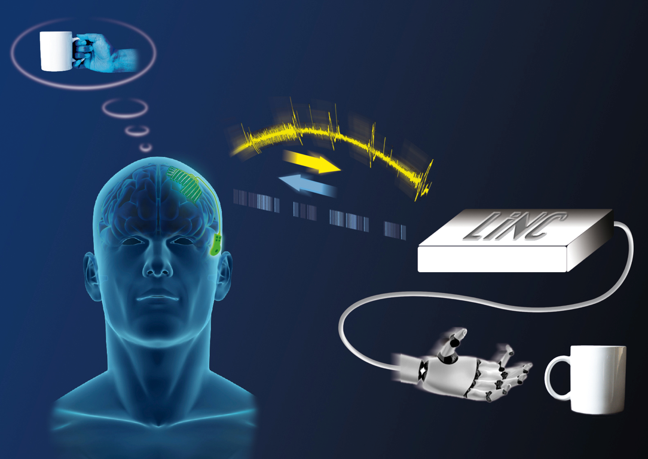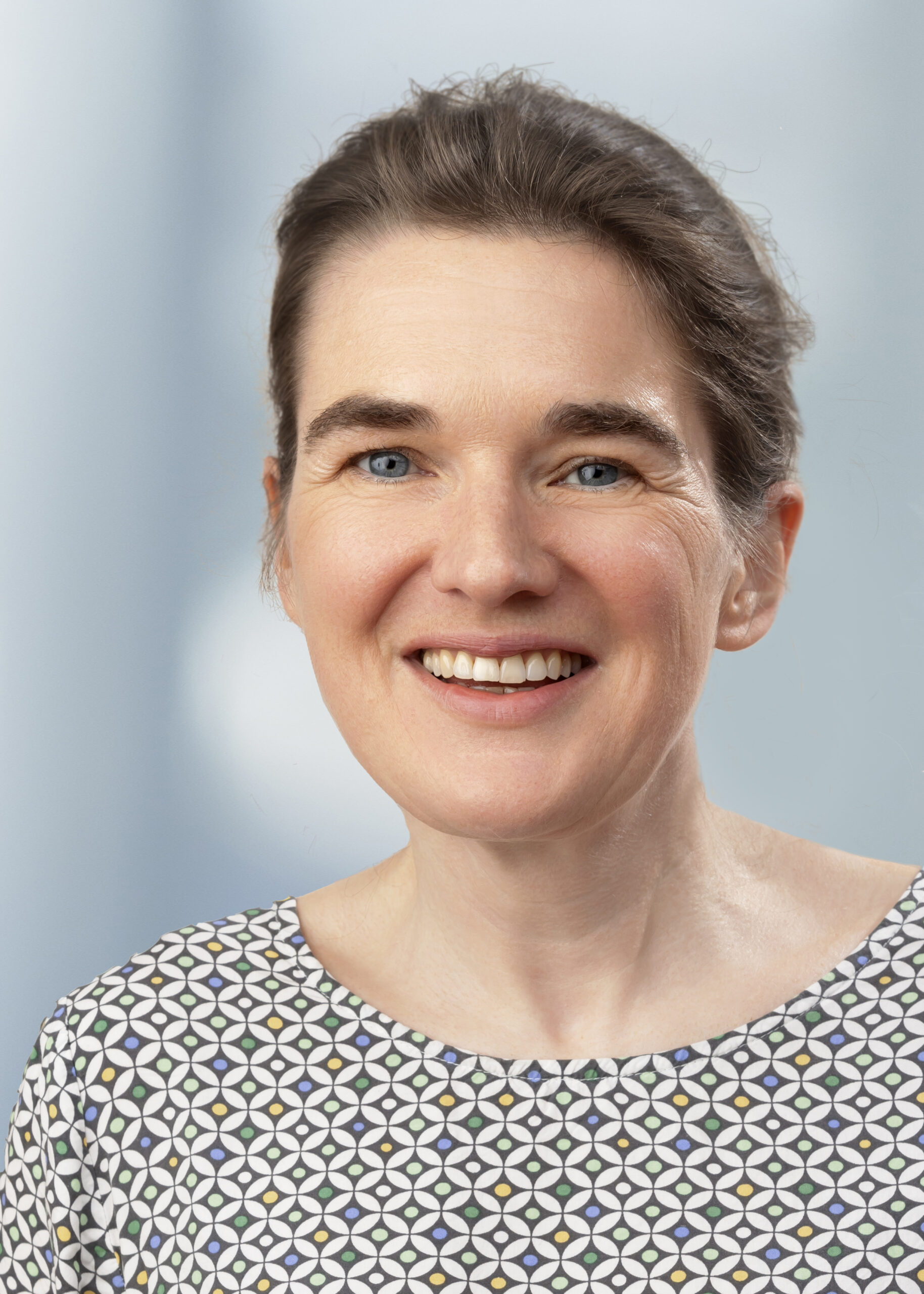Vertiefungsmodul 12: Neurobiology
| Lecturers: | Prof. Dr. Ilka Diester, PD Dr. Philippe Coulon |
| Venue: | IMBIT, Georges-Köhler-Allee 201, 79110 Freiburg |
| Time: | WS |
| Participants: | max. 30 |
| Group size: | 2-3 students per setup |

Description:
To generate specific movements, nerves from the central nervous system and the peripheral nervous system are linked and work together with muscles. Motor neuron axons, located in the motor cortex, the brainstem or the spinal cord directly or indirectly control effector organs, mainly muscles. The innervation of the respective muscle fibre takes place at a neuromuscular junction. Upon adequate stimulation, the motor neuron releases a flood of acetylcholine (Ach) neurotransmitters from the axon terminals from synaptic vesicles bind with the plasma membrane. The acetylcholine molecules bind to postsynaptic receptors found within the motor end plate. Once two acetylcholine receptors have been bound, an ion channel is opened and sodium ions are allowed to flow into the cell. The influx of sodium into the cell causes depolarization and triggers a muscle action potential. T tubules of the sarcolemma are then stimulated to elicit calcium ion release from the sarcoplasmic reticulum. This chemical release causes the target muscle fiber to contract.
In this practical course, the electric currents of muscles will be measured by using electromyography (EMG). In various experiments, we will measure the muscle activity of different muscle groups as well as the activity during muscle fatigue. Additionally, using the human-human interface you will learn how to use your muscle signal to control muscles of another human.

